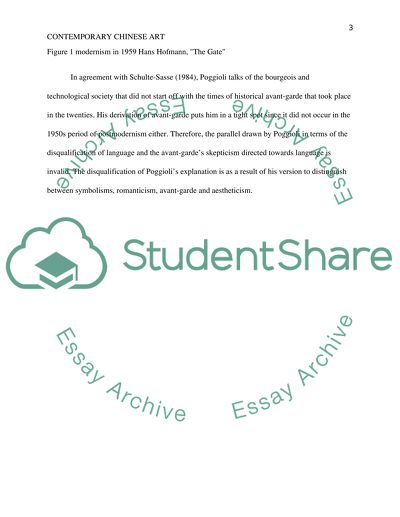Cite this document
(“Contemporary Chinese Arts Essay Example | Topics and Well Written Essays - 1250 words”, n.d.)
Contemporary Chinese Arts Essay Example | Topics and Well Written Essays - 1250 words. Retrieved from https://studentshare.org/literature/1695777-contemporary-chinese-arts
Contemporary Chinese Arts Essay Example | Topics and Well Written Essays - 1250 words. Retrieved from https://studentshare.org/literature/1695777-contemporary-chinese-arts
(Contemporary Chinese Arts Essay Example | Topics and Well Written Essays - 1250 Words)
Contemporary Chinese Arts Essay Example | Topics and Well Written Essays - 1250 Words. https://studentshare.org/literature/1695777-contemporary-chinese-arts.
Contemporary Chinese Arts Essay Example | Topics and Well Written Essays - 1250 Words. https://studentshare.org/literature/1695777-contemporary-chinese-arts.
“Contemporary Chinese Arts Essay Example | Topics and Well Written Essays - 1250 Words”, n.d. https://studentshare.org/literature/1695777-contemporary-chinese-arts.


